Can You Fix Banding For The Sony A7rii With A Firmware Update
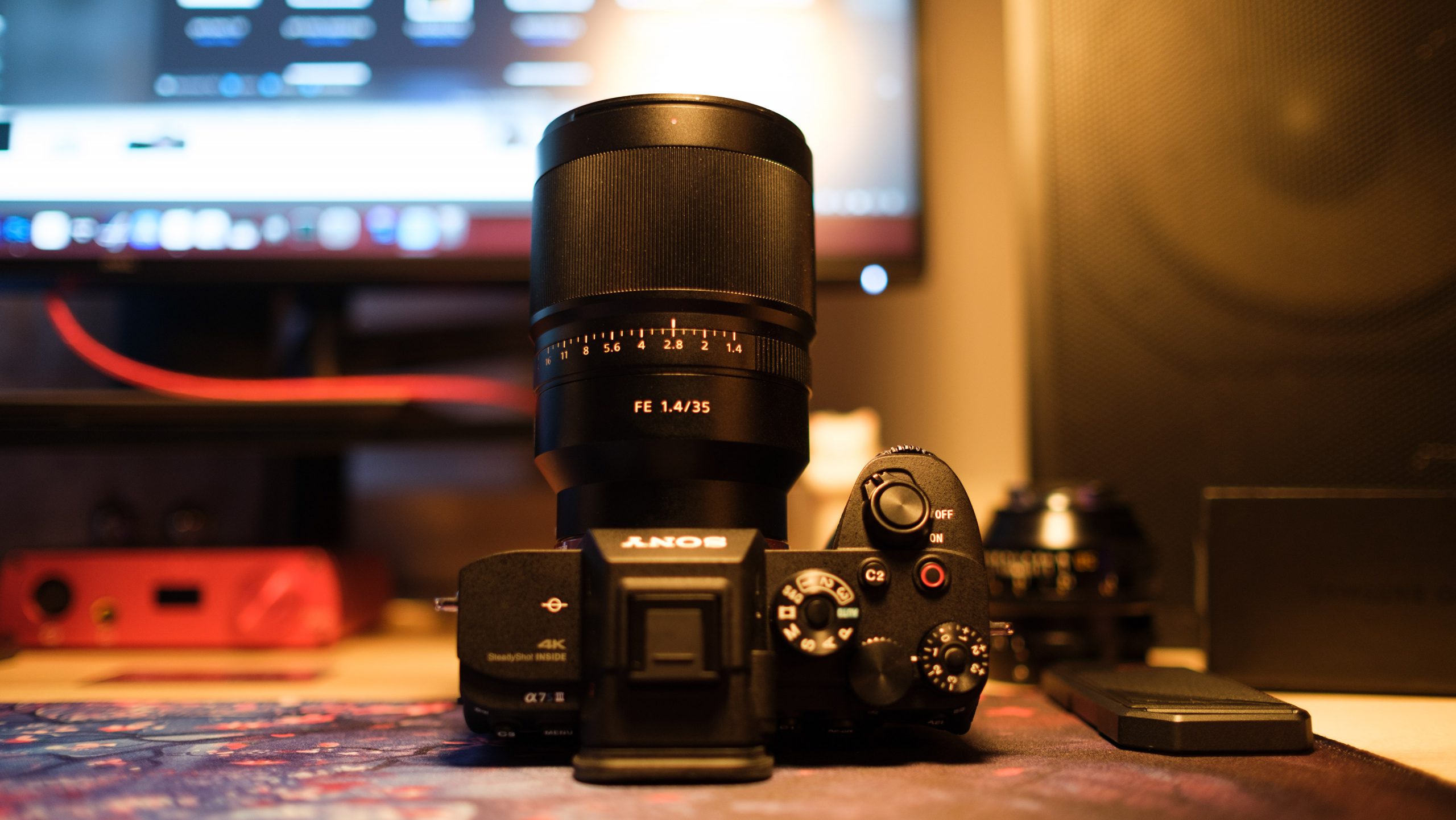

In 99% of cases there seems to be footling benefit to using 10bit other than more difficult to edit, larger file sizes.
10bit is one of those like shooting fish in a barrel to get excited nearly specs on newspaper. Information technology's a bit like the amount of retentivity in your PC or the speed of the CPU.
The higher number, the better!
What actually makes the departure when it comes to epitome quality? Well information technology's a bit complicated. RAW is the ultimate codec, and the ultimate pain in the ass. LOG is great, no question. Lots of dynamic range, minor file sizes, easy to edit and to use a LUT. And for slap-up LOG you demand 10bit, right?
Well information technology seems that on the A7S 3 the difference is much of the time incommunicable to even see.
Not that this was not already proven past the Canon 1D C and that infamous MJPEG codec. The 8bit Canon LOG mode on that was incredibly overnice. Fast frontward almost 10 years and there's far less departure between 10bit 4:2:ii and 8bit 4:2:0 on the Sony A7S 3 than you lot might expect.
In this shot I exposed for the vivid bulb filament in S-LOG iii and wanted to encounter the quality of information in the shadows… i.east. dynamic range. That is specifically: particular, racket, compression and banding.
So here is a 1:1 per pixel ingather of what I found (4K/60p fashion) on the A7S III:
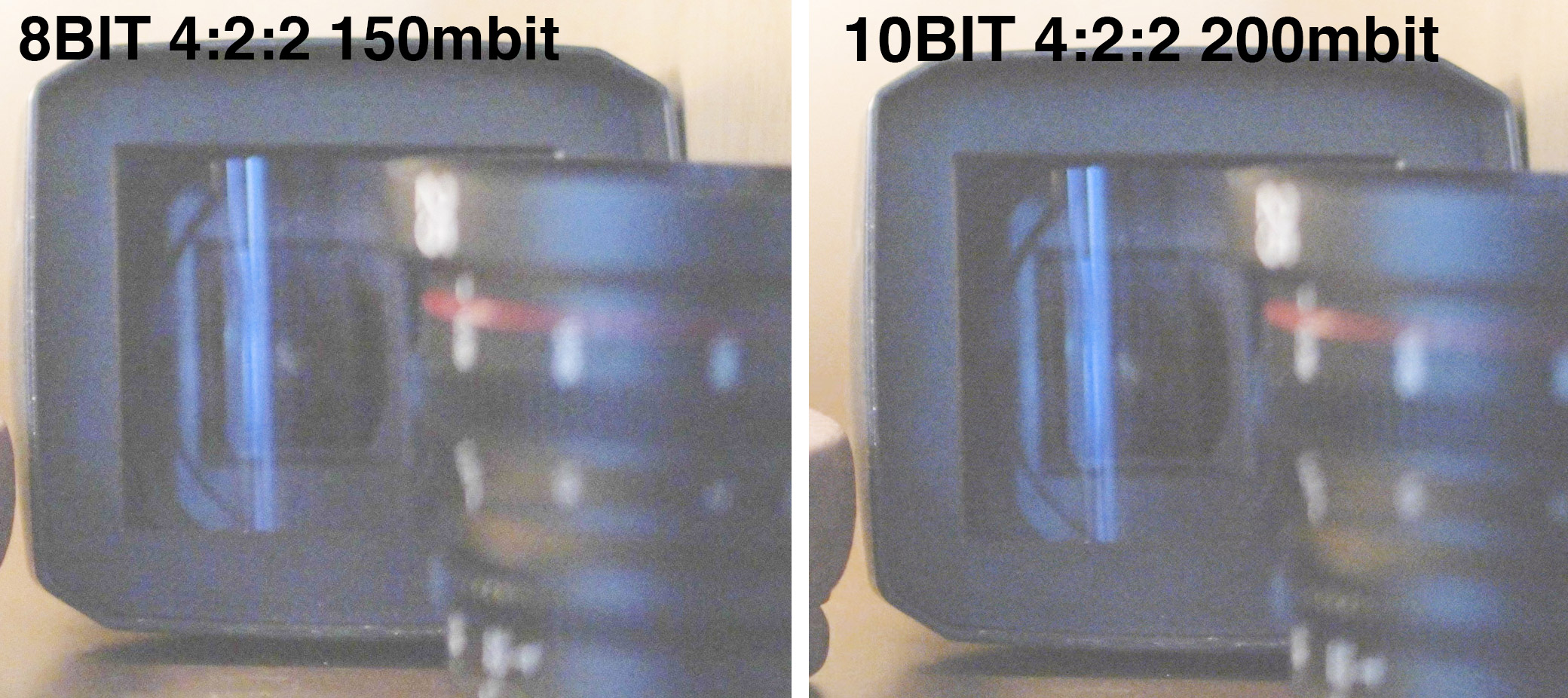
Even when really pushing the image by v stops in post and shooting in the flattest S-LOG iii profile for maximum dynamic range, substantially 8bit goes toe to toe with 10bit for almost identical results. The outcome was and then like I had to exercise the export from my NLE twice simply to cheque I hadn't made a mistake and exported the same frame from the aforementioned prune.
For the side by side exam using the same S-LOG3 clips from my Sony A7S III shot in 8bit and 10bit, I converted to Rec709 using Adobe's ARRI ALEXA LOGC to REC709 LUT which is a skillful friction match for many of the flatter LOG profiles on mirrorless cameras. It gives a pleasing epitome.
I tin can see a bit more than compression in the bluish and red areas when pixel peeping the 4K frame very close-up, but it'southward a minor difference and probably down to the slightly lower bitrate of the 8bit codec (150Mbit vs 200Mbit). Once again this was 4K/60p in H.264 10bit and 8bit…

Here's the full 4K frame for reference which you can click on and drag to desktop for a total 3840 x 2160 version…
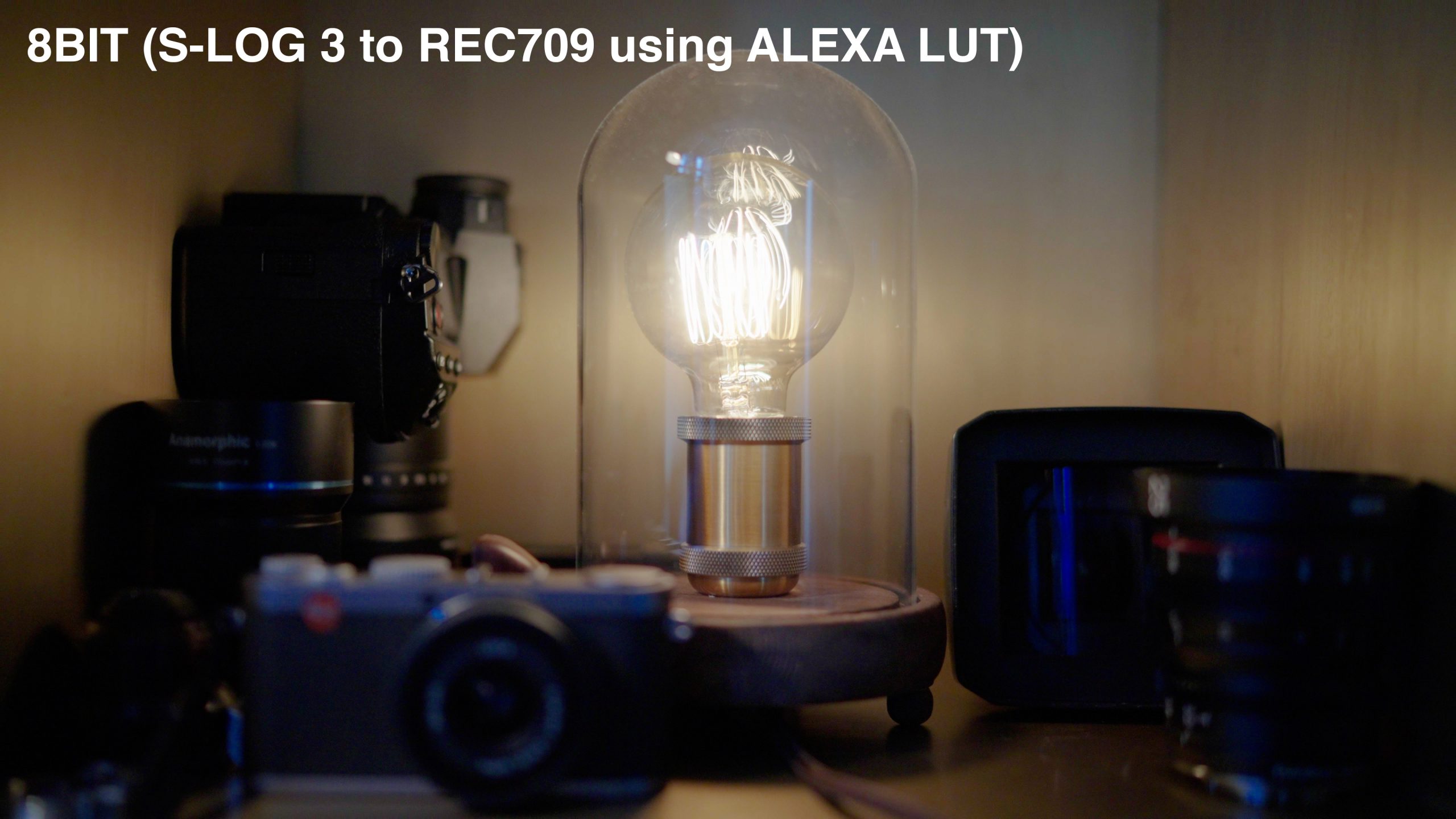
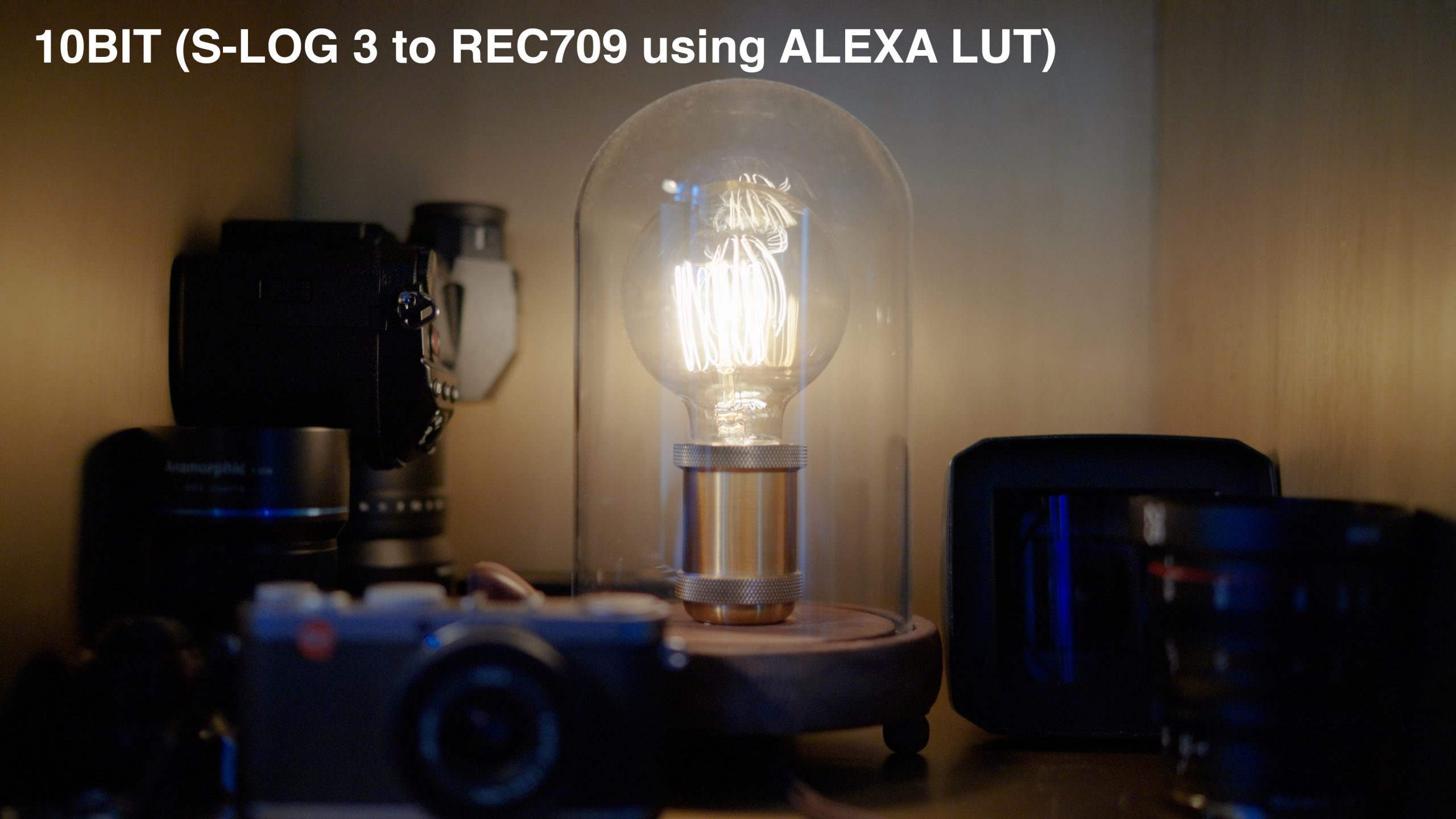
I've oftentimes tried to avoid S-LOG 3 on Sony cameras in 8bit due to the banding in plain areas of the shot similar a bare wall or blue heaven – if shooting S-LOG3 this was very visible on the older A7S 2.
Has this changed with the new A7S III?
It is hard to get a blue sky in the United kingdom of great britain and northern ireland at the moment so you will accept to make do with a wall!
Or better this reflection of a light on a powered-off LCD creating a very smooth and gradual slope from light to night.
The results are practically identical, perhaps considering of the corporeality of noise creating a dithering upshot.
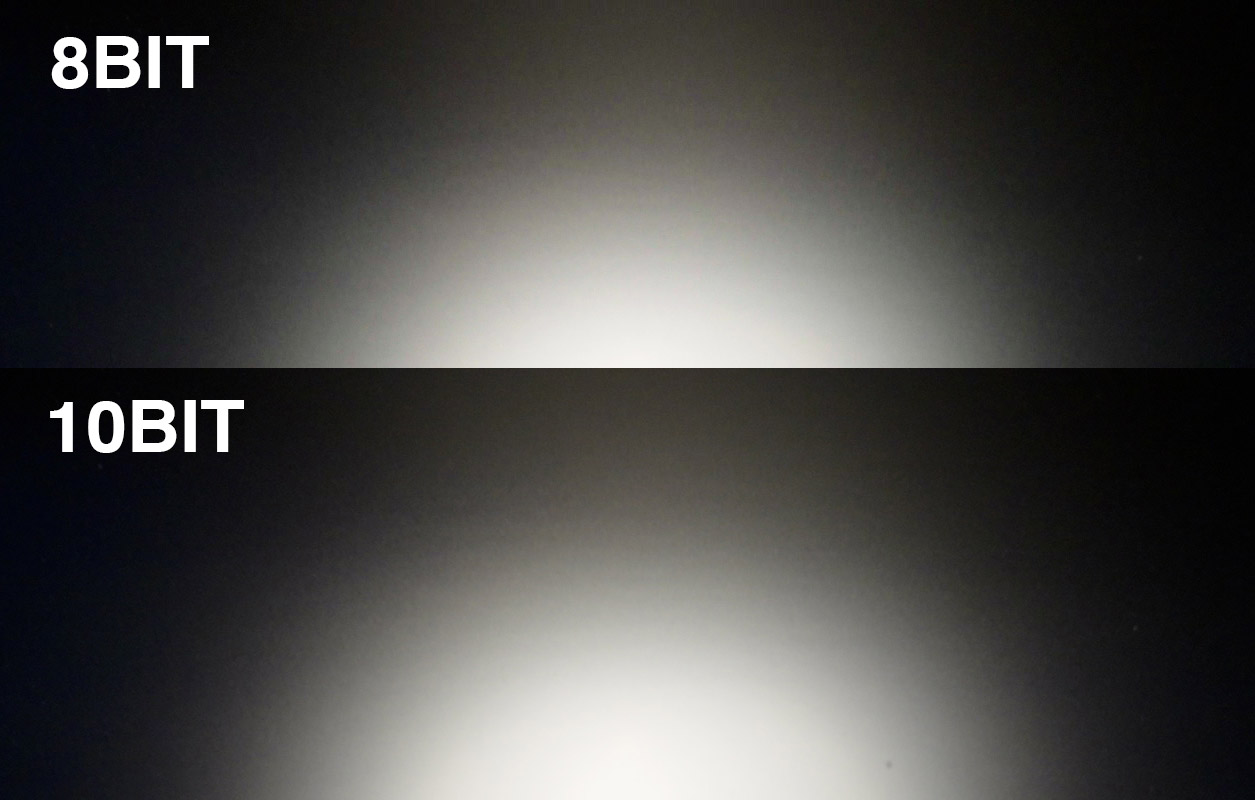
With the A7S Three you can shoot down to 640 in S-LOG 3 or even 160 if you don't mind a few compromises.
So I tried this once again in both 8bit and 10bit to try and get banding, and miraculously the clouds cleared…
Sure enough here I could But about eek out a difference. Find the discolouration (posterisation) in the sky when S-LOG three is graded with strong contrast.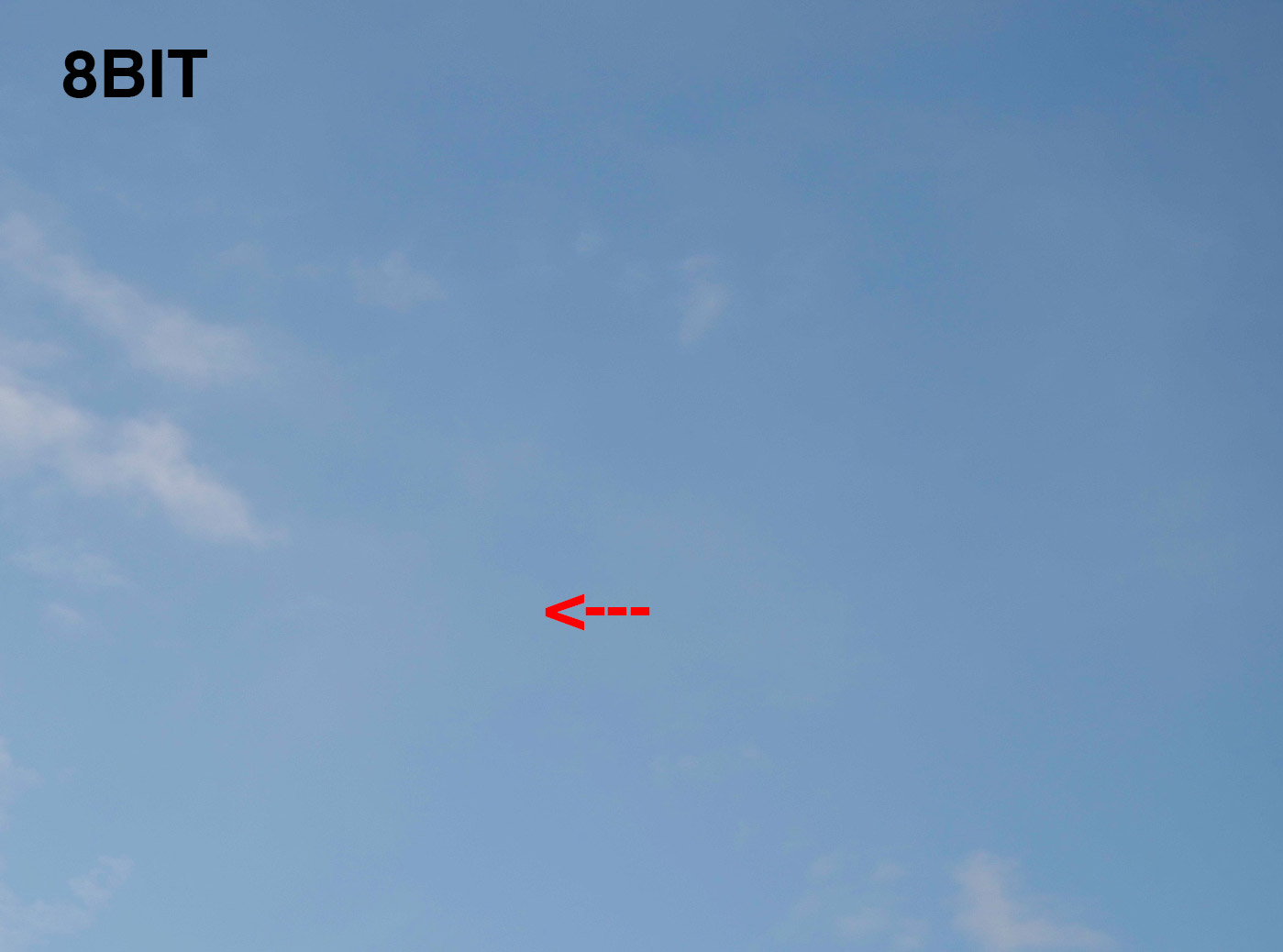
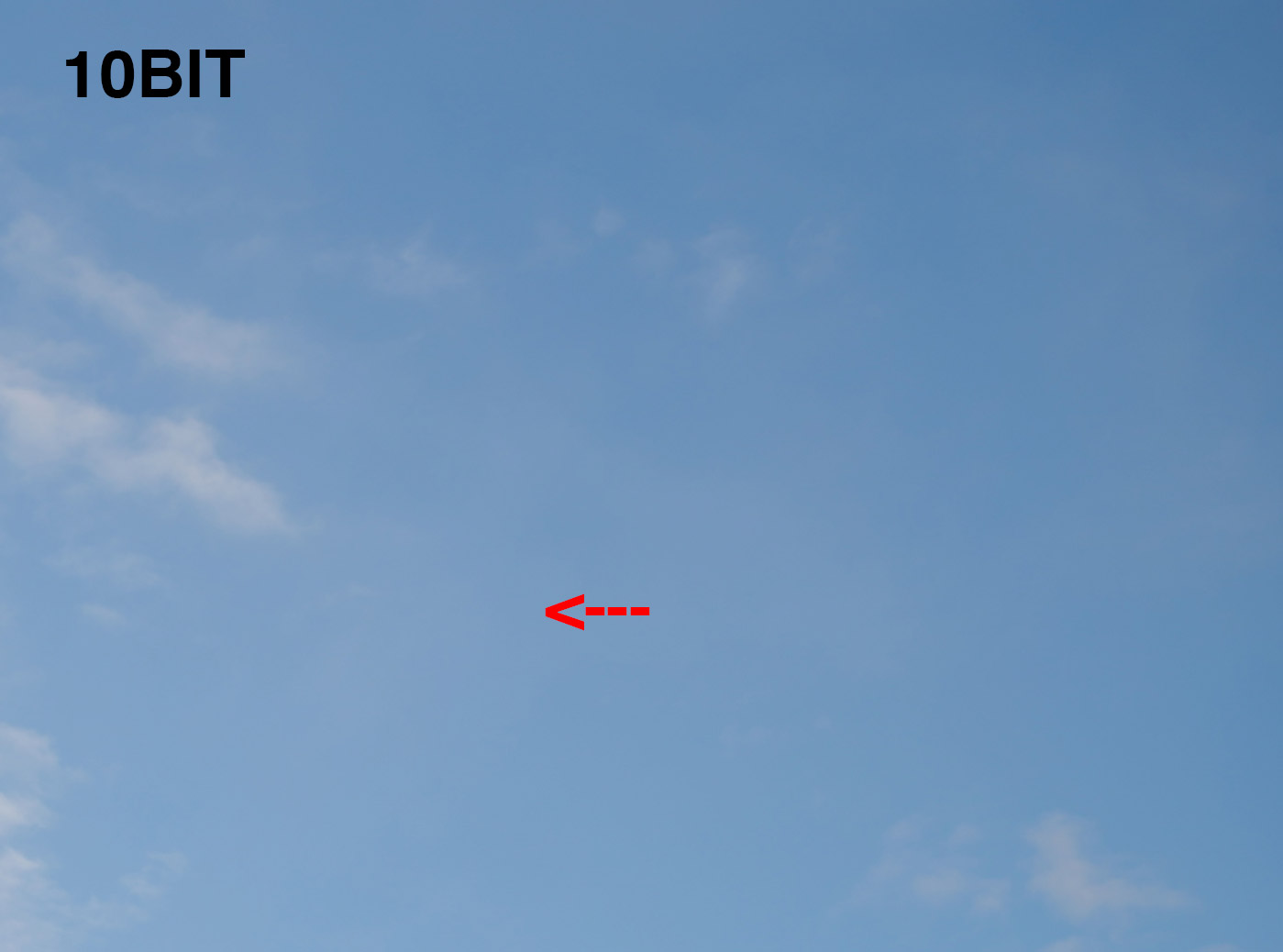
However it isn't really night and day is it?
So no extra dynamic range.
No finer noise grain.
Not really any less banding in most situations where silky smooth gradients are role of the shot.
Posterisation a bit less.
Why is anybody NUTS for 10bit and then?
So what about RAW? Well to compare like for like, we must utilize the same sensor, and procedure uncompressed RAW sensor data on the aforementioned photographic camera, unfortunately this is non a thing in video mode on the A7S III. ProRes RAW is not quite really RAW. There is no uncompressed RAW codec internally on the A7S III, but nosotros can still compare by shooting a 4K photos in Sony ARW format and importing these into Adobe Camera RAW. These offer the ultimate corporeality of data from the sensor in the A7S III so it is interesting to compare the quality of these to the 10bit 4K video clips…
The result is far better. Ignoring the fact that RAW and LOG are completely different formats and you're looking at the RAW debayer here, so the image is much punchier, everything about information technology is superior to the 10bit. Pushed v stops reveals plenty of information in the shadows, more dynamic range and a filmic racket grain that is really quite pleasing.
Exposed for the highlights:
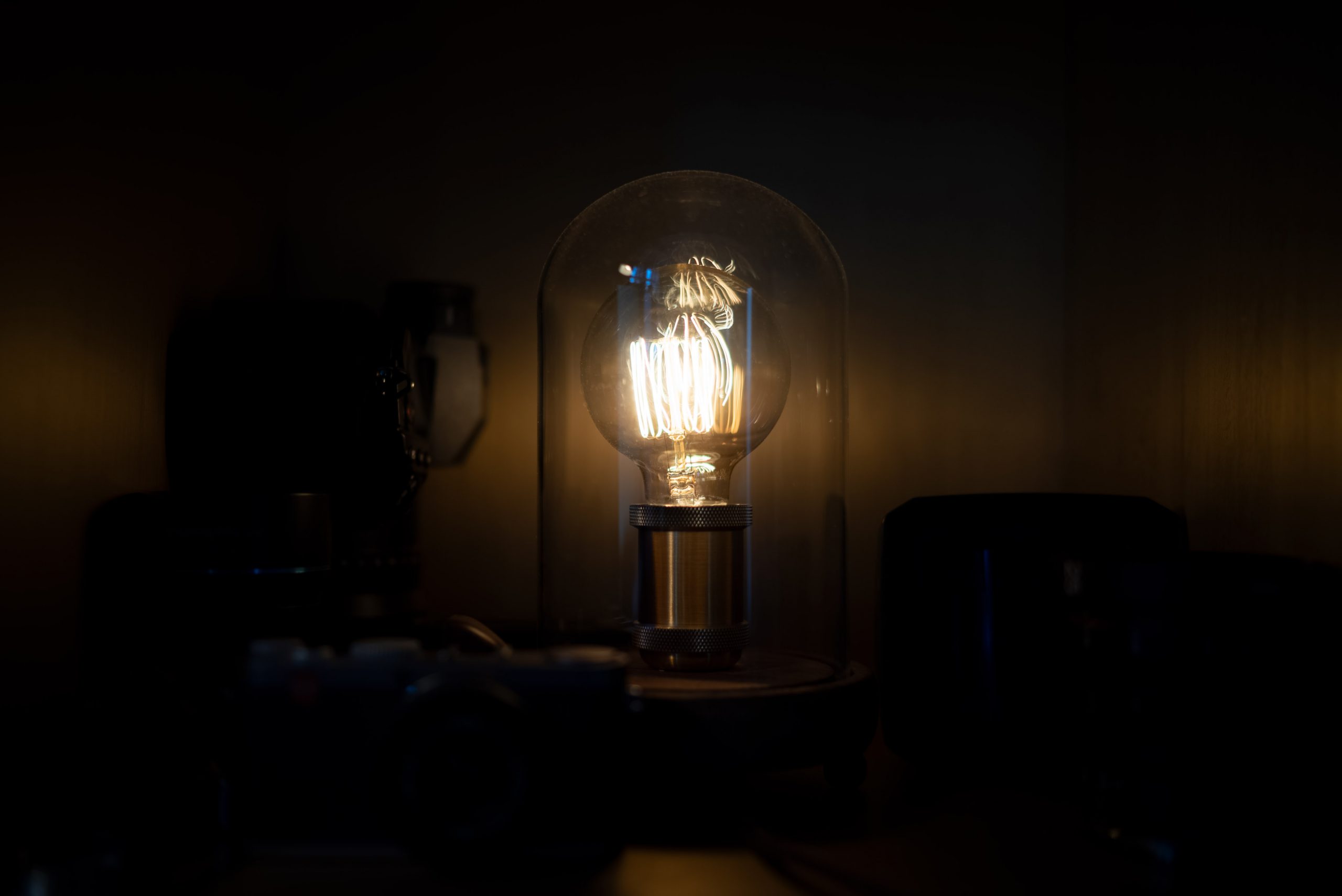
Exposed in post for the shadows (RAW pushed v stops to the right):
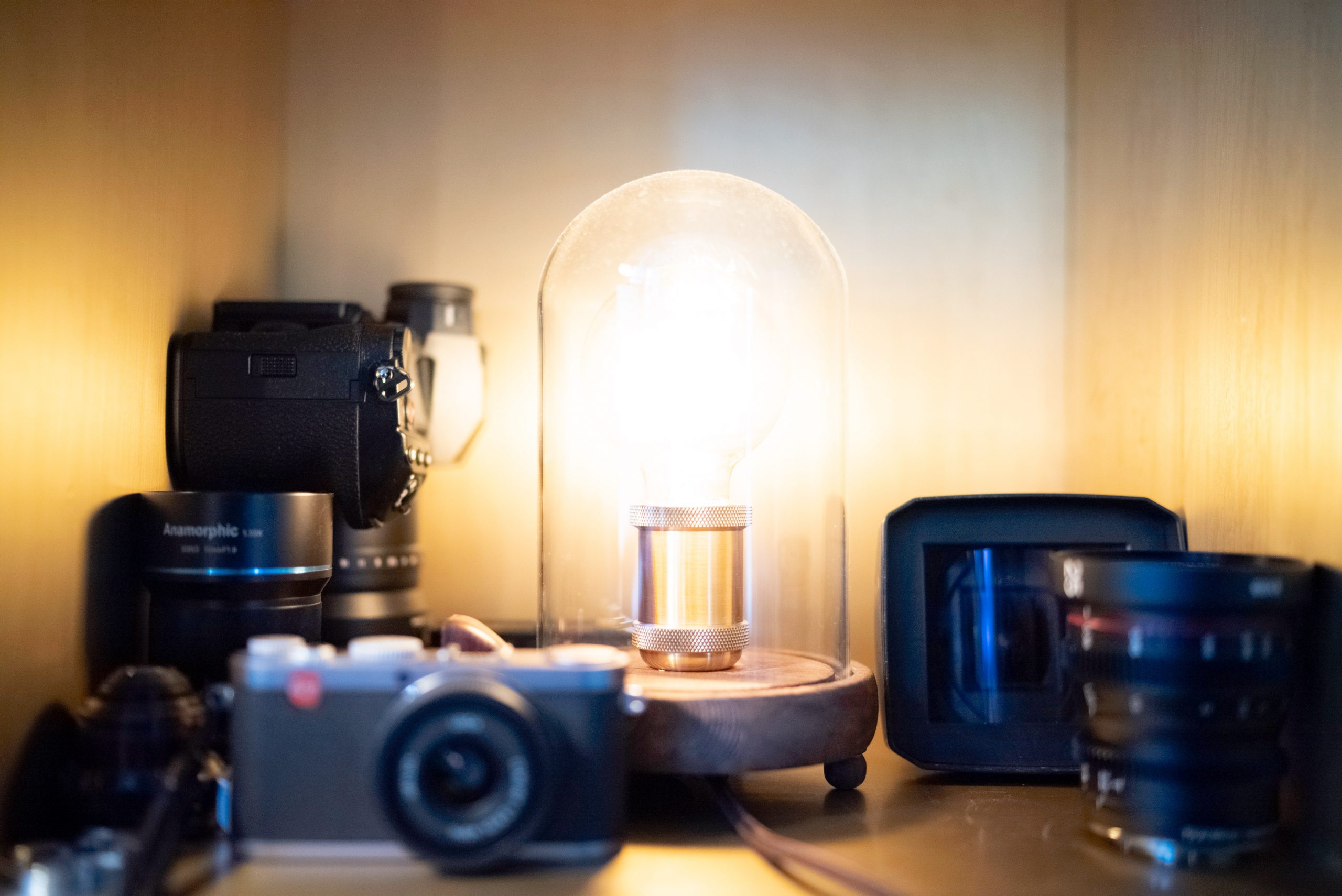
ane:1 crop of the dynamic range in the RAW file:

Compared to the less impressive 10bit S-LOG in 4K video mode:

So the determination is pretty clear on this one.
I'd similar internal RAW codecs and we need them now. 10bit is a scrap of a fudge!
You may as well shoot with a practiced 8bit codec in Canon LOG actually.
The Catechism 1D C really does prove that this can work brilliantly. It is a silky smooth, fantastically malleable result you go from information technology. What a fantastic sensor that was likewise.
On the Sony A7S III the codec in 8bit is pretty good too, but it lacks something that is hard to put your finger on. It does not take the cleanness to it that the Catechism 1D C had in C-LOG 8bit 422 all those years dorsum in 2012. That is nigh 10 years agone at present and we are talking MJPEG!!
RAW is certainly a worthwhile bound up from 8bit, but it seems, equally equally big a step upward from 10bit likewise.
And nonetheless there'south still no answer to RED in terms of compressed, like shooting fish in a barrel to edit RAW codec in our mirrorless cameras and due to patents may still exist a long time away.
I remember this shows why it is important non likewise hyped most 10bit.
On balance I'd prefer better editing operation (ProRes 10bit or a skillful 8bit file format) and for H.265/H.264 to remain a streaming codec for the spider web rather than for capture.

Can You Fix Banding For The Sony A7rii With A Firmware Update,
Source: https://www.eoshd.com/news/sony-a7s-iii-10bit-image-quality-vs-same-camera-in-8bit-with-surprising-results/
Posted by: hoffmanacese1963.blogspot.com


0 Response to "Can You Fix Banding For The Sony A7rii With A Firmware Update"
Post a Comment